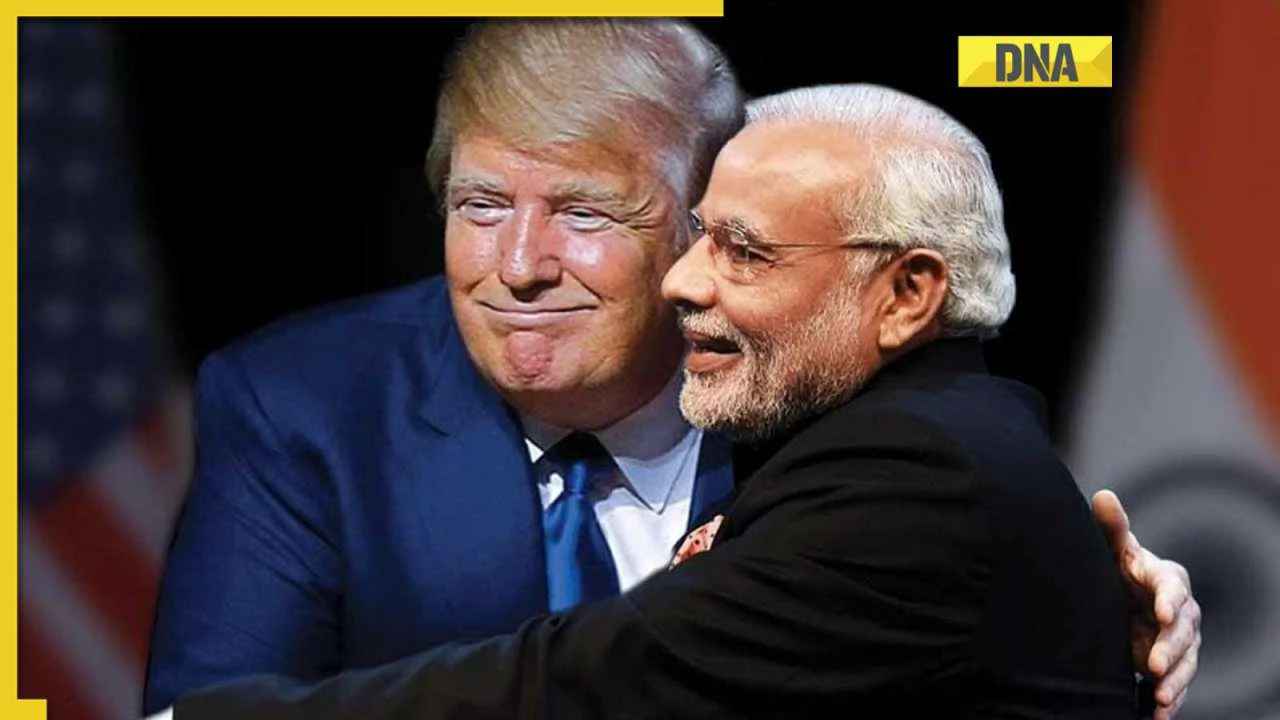Will US President Donald Trump allow India concessions and impose lower tariff rates compared to its trade adversaries like China and the EU?
Will New Delhi soften its stand on Washington’s demand for market access to its agriculture and dairy products? Will the US accept India’s demand for lower tariffs on automobile, steel and aluminium products? As these questions are being asked, all eyes are set on the Indian delegation of commerce ministry officials who have resumed tariff talks with their US counterparts. Though both sides will hold talks keeping a Bilateral Trade Agreement (BTA) in mind, that may take some more time, they may agree on several issues that may be decided before the August 1 deadline and the rest may be discussed later.
US demands market access
However, the talks met a dead end last month after both sides refused to budge and the Indian delegation returned. The issues remain unresolved and the officials from the two sides will discuss to break the deadlock and reach to an agreement. Washington has put pressure on India to lower tariffs on certain industrial goods, automobiles, especially electric vehicles, wines, petrochemical products, and agricultural goods and dairy products. It also wants large-scale commercial deals involving oil and LNG, civilian and military aircraft from Boeing, helicopters, and nuclear reactors. Washington has also sought to ease FDI restrictions in multi-brand retail, which may benefit US giants like Amazon and Walmart.
India seeks concession
New Delhi wants concessions for labour-intensive sectors, such as textiles, gems and jewellery, leather goods, garments, plastics, chemicals, shrimp, oil seeds, grapes, and bananas. Washington has already slapped India with a 25% tariff on automobiles, which constitutes about 28% of India’s exports to the US. Similarly, the disagreement on GM food remains and it is difficult to resolve this issue. According to an ICRA report, the recent US tariff hikes could add roughly Rs 9,000 crore, which will have to be ultimately borne by the US consumers.
